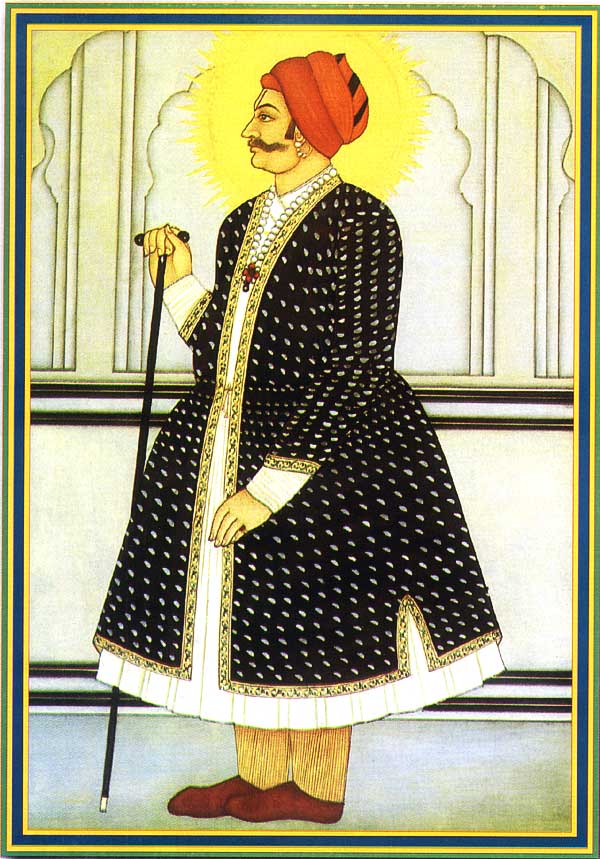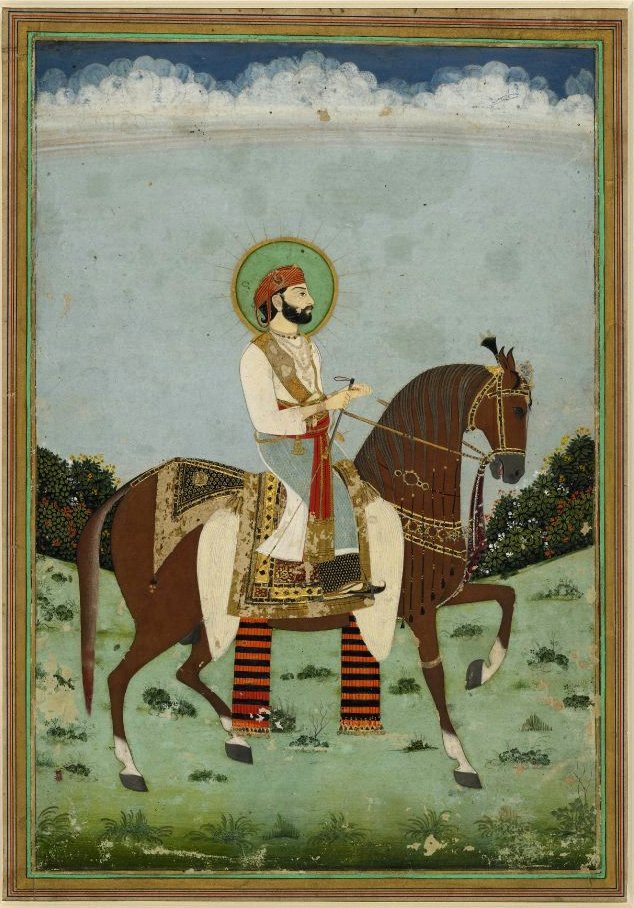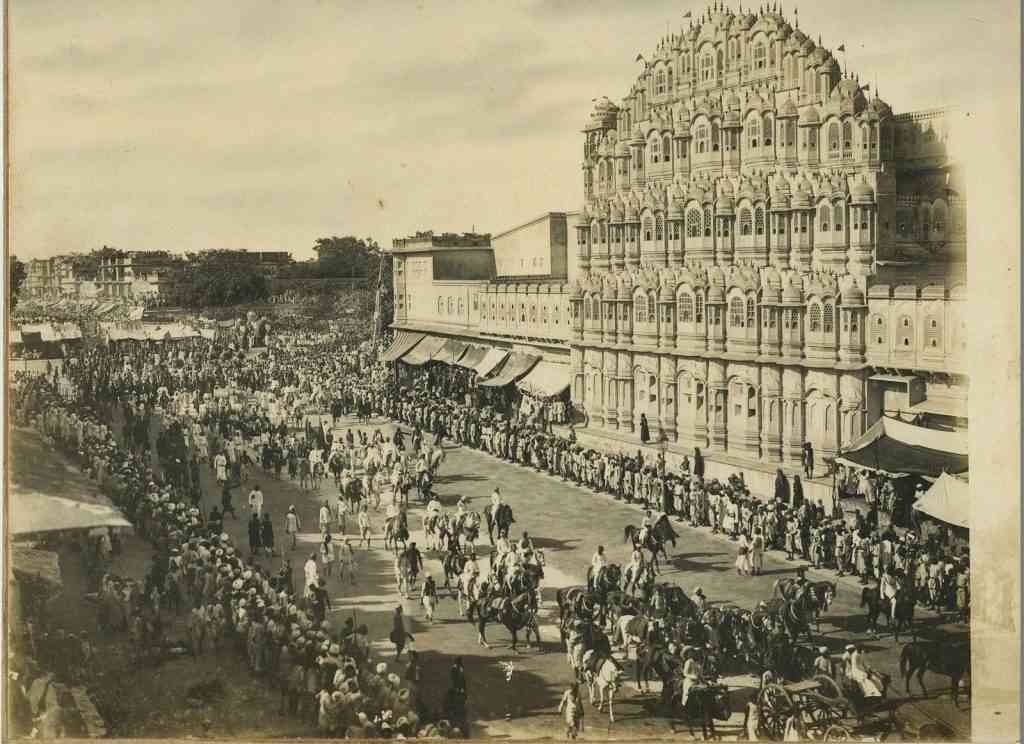Lost Tales: How an Astronomer Prince Built One of Ancient India’s First Planned Cities
With the Mughals in the North and the ever-expanding empire of the Marathas in the south of Rajasthan, Jai Singh needed a capital that would be strategically important. Set on a plain terrain and surrounded by mountains, the city of his choice was set to become an unconventional capital

A pleasant hue of pink adorns monuments as we walk through the perfectly laid roads in the capital city of Rajasthan. Just 280 km from Delhi, Jaipur prides itself with a design that was outlined with fine detail.
The regal beauty of the kings that once ruled from the pink city is still reflected in its magnificent palaces. If you get a sense of modernity and accurate planning as you travel in Jaipur, it is because the state capital is the first planned city of the country, established over 290 years ago!
Amber (Amer), a city set in the midst of mountains, was the original capital city of the Kachwaha Rajput kings till the 1700s. In the early 1700s though, continuous droughts and famines had prompted the then king, Maharaja Sawai Jai Singh II to scout for other potential cities in the kingdom to replace Amber.
Sawai, which means one and a quarter, was the name given by Aurangzeb to the Rajput king and was symbolic of the fact that his strength was more than one person.

With the Mughals in the North and the ever-expanding empire of the Marathas in the south of Rajasthan, Jai Singh needed a capital that would be strategically important. Although the king himself was more keen on diplomatic understandings between neighbouring kingdoms rather than battling for territory, he was a visionary who knew that a strategic stronghold for the king was crucial.
Thus, the city of Jaipur came into being.
Set on a plain terrain and surrounded by mountains, Jaipur was set to become an unconventional capital, but Jai Singh was far-sighted and knew that this city would be the perfect base for his kingdom.
The king had ascended to the throne in extremely challenging circumstances. The Mughal emperors were levying heavy and unfair taxes on the state while the Marathas were conquering new territory from the southern parts, giving Jai Singh II strong, able enemies on both sides.
However, in the midst of defending his kingdom from the two armies and securing his base, Jai Singh II was a mathematician, architect and astronomer by heart.

“Maharaja Jai Singh II of Jaipur was an astronomer of high calibre of the 18 century. He found that the positions of heavenly bodies obtained from the tables in common use in his days varied widely from those determined by actual observations,” writes Umasankar Mitra, a Physics professor.
When the traditional calculations conflicted with his observations about the time of new moon days, he established astronomy observatories in Delhi, Jaipur, Varanasi, Ujjain and Mathura to document his observations and make accurate astronomical tables.
You may also like: This Brilliant Bengali ‘Computer’ Discovered the World’s Highest Mountain Without Ever Climbing It!
With his vast knowledge, Jai Singh II embarked on a journey to build a new capital city for his kingdom. He recruited Vidyadhar Bhattacharya, an architect from Bengal who worked as the Chief Auditor of the Rajput king, to guide him in the process.
The two wise architects designed a blueprint for Jaipur around 1727, dividing the city into nine squares, each symbolising the nine planets in the solar system. Two of these divisions were reserved for state buildings and palaces while the rest was reserved for the general public.
Vidyadhar and Jai Singh II built 20-feet-high walls surrounding the capital with seven gates (two gates were added later) on all sides.

One of these gates, which faces eastward, was originally called the Suraj Pol, the western gate getting the name, Chand Pol and the one facing the former capital city of Amber was called Zorawar Singh Pol.
Jai Singh had planned the city such that each street went east to west and north to south. He set up covered porches in the markets that would protect the merchants from the sun in summers and cold winds in winter.
You may also like: Here’s Why a Sanskrit Inscription Adorns a 500-Year-Old UNESCO Site 4700 Km from India!
“The most outstanding feature of Jaipur remains its town plan that is said to be arrived at after a thorough analysis of several town plans sourced by Sawai Jai Singh himself from across the globe. [He] wrote personal letters to personal bankers and merchants, inviting them to settle in his new city, inducing them with tax concessions and gifts of land on which to build elegant courtyard houses, called havelis, for the accommodation of their families,” according to UNESCO.
It took the Jai Singh II about four years to finish the construction of the Jaipur—the city named after the king himself. But with its excellent detailed planning, inspired by Jai Singh’s passion for astronomy, knowledge of mathematics and Vidhyadhan’s experience in architecture, Jaipur became India’s first planned city, the majestic brilliance of which can still be seen today, about 300 years later!
(Edited by Gayatri Mishra)
Like this story? Or have something to share?
Write to us: [email protected]
Connect with us on Facebook and Twitter.
If you found our stories insightful, informative, or even just enjoyable, we invite you to consider making a voluntary payment to support the work we do at The Better India. Your contribution helps us continue producing quality content that educates, inspires, and drives positive change.
Choose one of the payment options below for your contribution-
By paying for the stories you value, you directly contribute to sustaining our efforts focused on making a difference in the world. Together, let’s ensure that impactful stories continue to be told and shared, enriching lives and communities alike.
Thank you for your support. Here are some frequently asked questions you might find helpful to know why you are contributing?


This story made me
-
97
-
121
-
89
-
167













